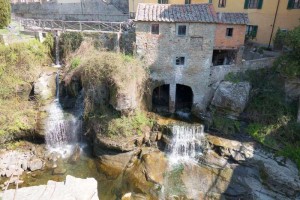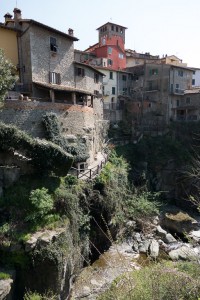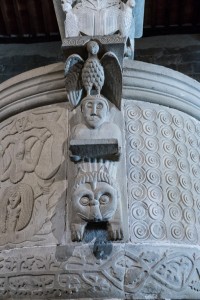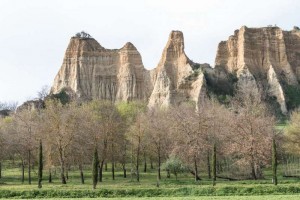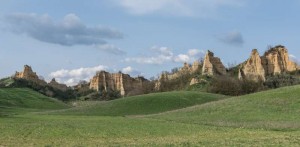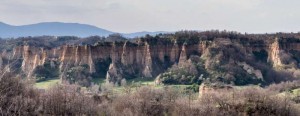Stefano left last week on a business trip (he’ll be home in a couple of days, thank goodness…I miss him so much), but I have never felt alone. Alone, with SEVEN CATS? Not a chance.
Speaking of which, on the night of Easter Sunday, my cats knew that something BIG had happened. Especially Pinga.
After my niece called with the news of my mother’s death (it was 2 AM over here), I couldn’t get back to sleep. I didn’t go back to bed until 5 AM, in fact. During all that time, Pinga never left my side. When I quietly went downstairs, in the dark, so as not to wake Stefano, she followed me, got into my lap, rubbed all over me, and purred non-stop. Whenever I stood up, she made it crystal clear that she didn’t want to be separated from me. So I had to carry her with me, even just into the kitchen to get a glass of water.
A few days later, Stefano had to leave. The cats always hate that. I can’t blame them. I do, too!
Since then, they have been really clinging to me…more than they usually do… 😉
In the last couple of days, though, they have started taking over our bed. Now, we usually have three or four cats on the bed or rather, spread out on different parts of the bed. Unless it’s very cold outside (not the case right now), they don’t really cuddle with one another… 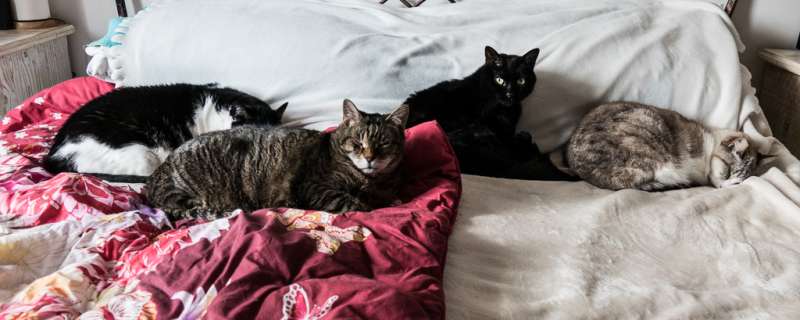
But look at this photo. It’s weird. I mean, they don’t normally arrange themselves in a row. By the way, from left to right, we have Piccolo, Priscilla, Prezzemolo, Pavarotta (ex-Pammy: we renamed her because she sings and chirps…a lot!).
I’m not sure what this behavior means, or if it means anything. Perhaps this is their way of keeping close to me…close to Stefano…and also close to one another. Perhaps this is their way of telling me that everything is going to be okay.
It’s very comforting…whatever it is.
But…hmm…WHERE am I going to sleep tonight? That is the question…



